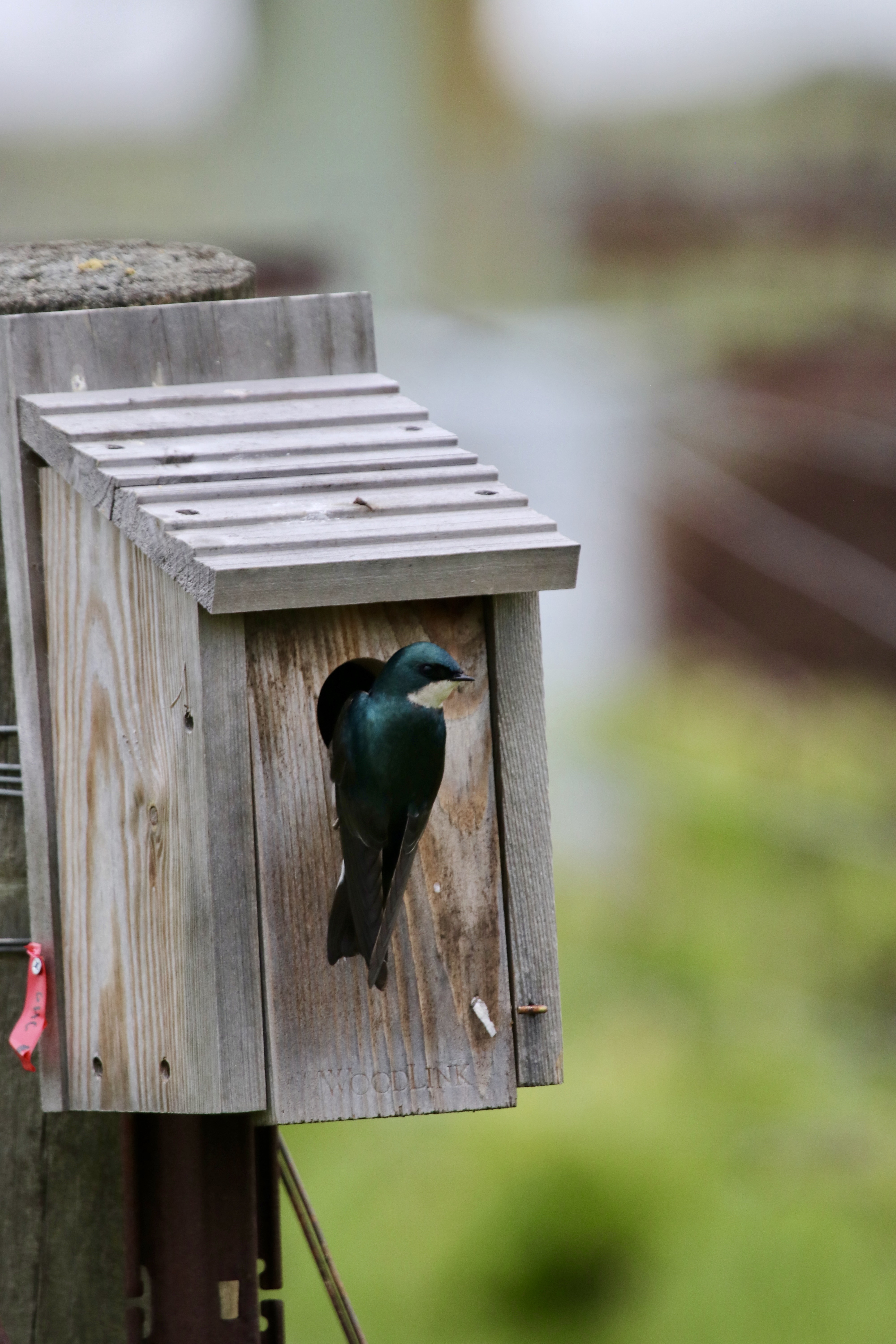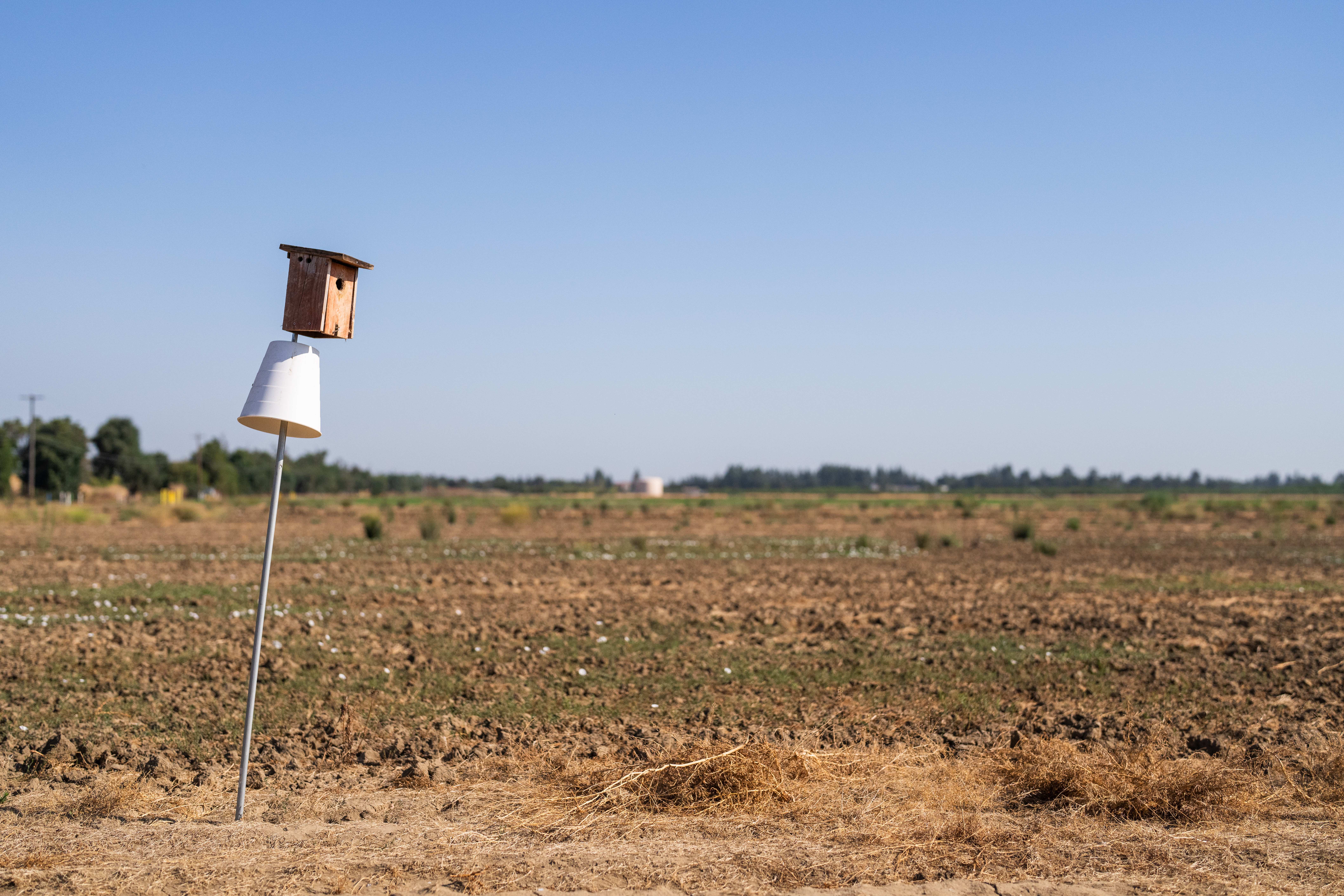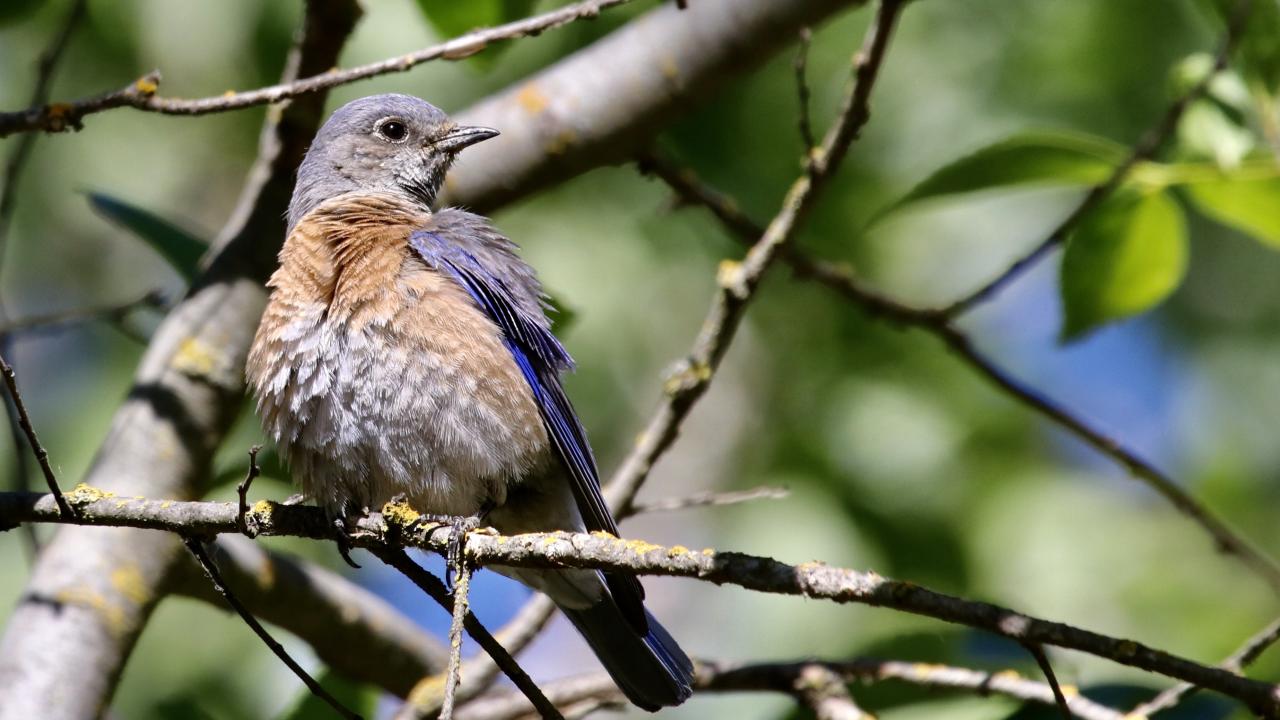Bird populations are in rapid decline across North America. While climate change is just one of the many factors influencing North American birds, its effects are significant and can interact with other stressors, such as habitat loss. A team of University of California, Davis, researchers found that the effects of extreme temperatures on avian reproduction can vary depending on the type of environment that birds call home.
The findings, published in the journal Science, shed light on how climate change can combine with habitat loss to affect bird reproduction across the United States.
Researchers found that extreme high temperatures significantly diminish bird reproductive success in agricultural landscapes. Birds nesting near farmland were half as likely to have at least one fledgling successfully leave the nest when temperatures spiked. However, forests seemed to provide a protective buffer against high temperatures, offering shaded areas that helped increase nesting success.
“The effects of heat are more intense for birds nesting in agriculture than birds nesting in forest, which means that canopy cover probably constitutes an important climate refuge for birds that can thrive in various habitats,” said Katherine Lauck, co-lead author of the paper and a Ph.D. candidate in ecology at UC Davis.
When they looked at how heat waves affected nesting success in urban areas, the researchers found less of a negative impact than in agriculture, probably because nests were often in city parks and residential areas that can have high tree cover.
“This suggests that places like backyards and parks may provide important bird habitat that is somewhat more buffered from climate extremes in the future,” Lauck said.
Extensive dataset analysis

Department of Wildlife, Fish and Conservation Biology Associate Professor Daniel Karp launched this project with his students to keep the lab in contact during the COVID-19 pandemic. They analyzed data from NestWatch, an initiative created by Cornell University’s Laboratory of Ornithology, where people from across the country monitor bird nests near them and use an app to record information on types of bird species, nest locations, number of eggs laid, baby bird activity and more.
“What is really unique about this dataset is that we could look at bird reproduction at a very broad spatial scale,” Karp said. “With these data, we could begin to unravel how climate change and habitat loss are together affecting many North American birds.”
The team of researchers analyzed more than 152,000 nesting records featuring nearly 60 bird species that were nesting in farms, forests, grasslands and developed areas across the country during the span of 23 years (1998-2020).
Heightened risks
The researchers also studied which types of species were most vulnerable to heat waves in agriculture. Negative impacts were broadly felt across all bird species studied, with western bluebirds and tree swallows, two species common on farms, both experiencing significant declines in nesting success when temperatures spiked in agricultural areas.
“We see these strong effects in common and habitat generalist birds, which we often think of as more resilient to land use change and climate change,” Lauck explained.
Threatened birds and birds that build open-cup nests, which lack any covering, were even more vulnerable to heat waves in farming areas compared to common species and those that build their nests in tree holes and nest boxes.
“The nearly 50% decline in nesting success that we saw on average jumps to 70% when we consider species of higher conservation concern,” Karp said. “This suggests that species already in decline may have an even greater difficulty rearing young in the future as heat waves become more common and more land is converted to agriculture.”
Future predictions and solutions

The study also painted a picture of what the future may look like. By the year 2100, their models predicted that nesting success in agricultural areas would decline by an additional 5% on average under current greenhouse gas emission trajectories. The study suggests that curtailing emissions and promoting thermal refuges, either by planting or maintaining patches of natural vegetation, are likely crucial to conserving birds. Keeping shade may also be needed to maintain bird populations living in urban and agricultural areas.
“Farmers often build nest boxes to attract birds to their farms and help control insect pests. Maybe it makes sense to put those boxes in shaded locations,” Karp said. “They might also consider planting hedgerows and conserving patches of native vegetation to provide shade and help birds beat the heat. Thinking about some of those interventions might matter a lot for birds looking forward.”
Alison Ke, Daniel Paredes, Kees Hood and Thomas Phillips with the UC Davis Department of Wildlife, Fish and Conservation Biology; Elissa Olimpi with Virginia Tech; and Bill Anderegg with the University of Utah also co-authored this study.
The project was funded by UC Davis Graduate Group in Ecology Fellowship, National Science Foundation Graduate Research Fellowship Program and Achievement Rewards for College Scientists Fellowship.
Media Resources
Media Contacts:
- Katherine Lauck, Wildlife, Fish and Conservation Biology, kslauck@ucdavis.edu
- Daniel Karp, Wildlife, Fish and Conservation Biology, dkarp@ucdavis.edu
- Kat Kerlin, UC Davis News and Media Relations, 530-750-9195, kekerlin@ucdavis.edu
- Tiffany Dobbyn, College of Agricultural and Environmental Sciences, tadobbyn@ucdavis.edu
